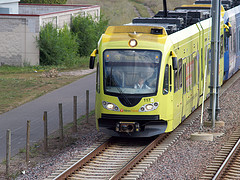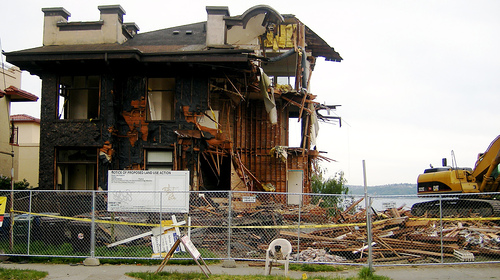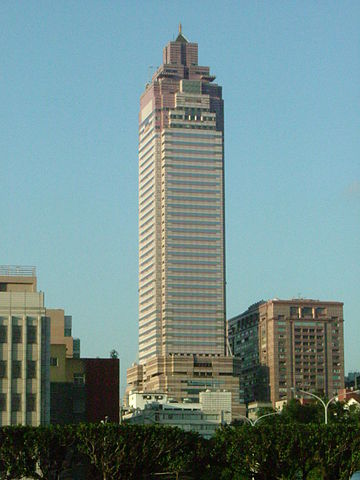
Of course they are, but it’s convenient to see it illustrated as Crains Chicago Real Estate Daily explains.
The proposal seems to be for Pam Gleichman and Karl Norberg to sell their 4.9 acre parcel (the Tribune story says 3.67 acres) near McCormick Place, in pieces, for a total of $195 million, which works out to something over $900/square foot, a level which I don’t recall seeing so distant from the loop. We also learn from Crains that $90 million in TIF (real estate tax) money will be sought to help pay for these developments. And of course the entire McCormick Place complex benefits from the 1% tax which all restaurant patrons in the central portion of Chicago (as far north as Diversey and as far west as Ashland) pay, not to mention the basic urban services, such as fire protection, transit, and streets, which are funded from other taxes. We’re all paying so Gleichman and Norberg can get their $195 million. It’s only slightly comforting to realize that their venture is in bankruptcy, and the only reason we get to see these details is because they’re part of a court filing. But it seems that, if everything works out as they claim, they’ll get to keep a large portion of this money.
Just for fun, we can consider what would have happened under a land value tax. If the land was taxed at something approaching its full economic rent, it would likely already be developed pretty fully because nobody could profit by holding it underused. There would likely be no bankruptcy because nobody would have loaned money on land with a modest selling price.


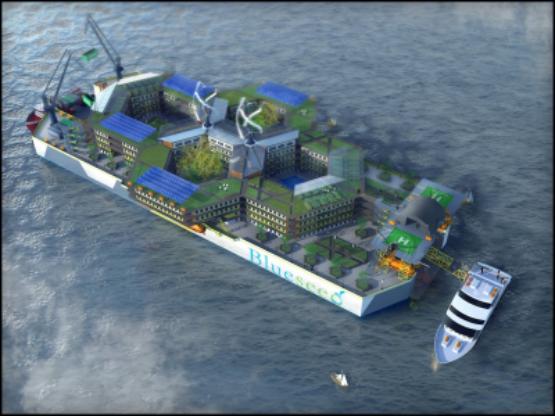
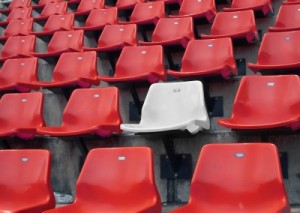
 Chicago Park District’s new harbor at 31st street
Chicago Park District’s new harbor at 31st street 